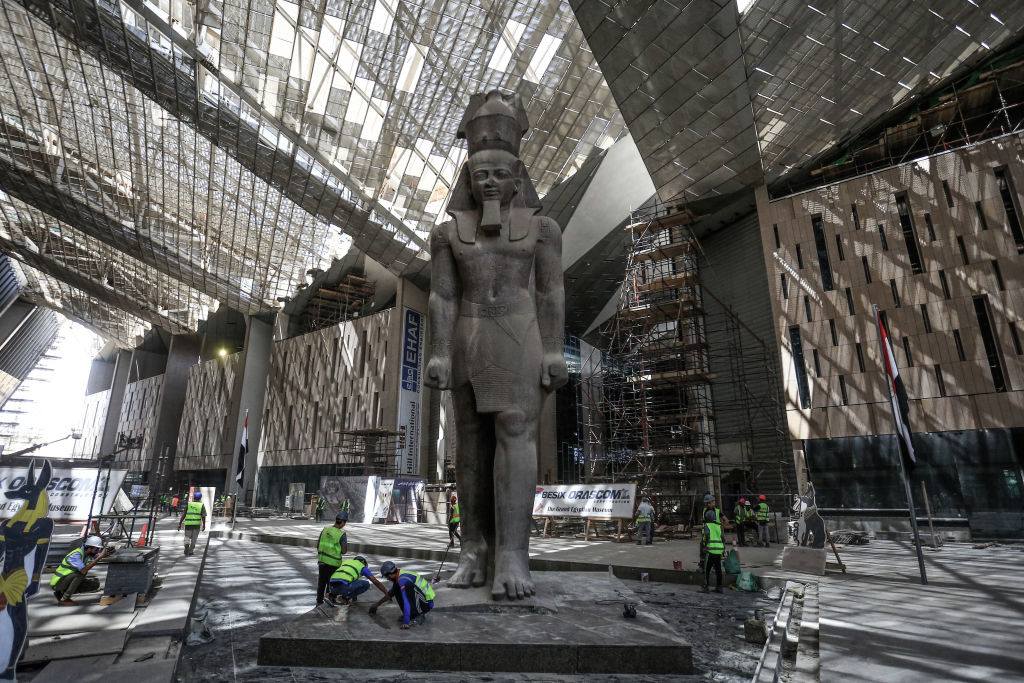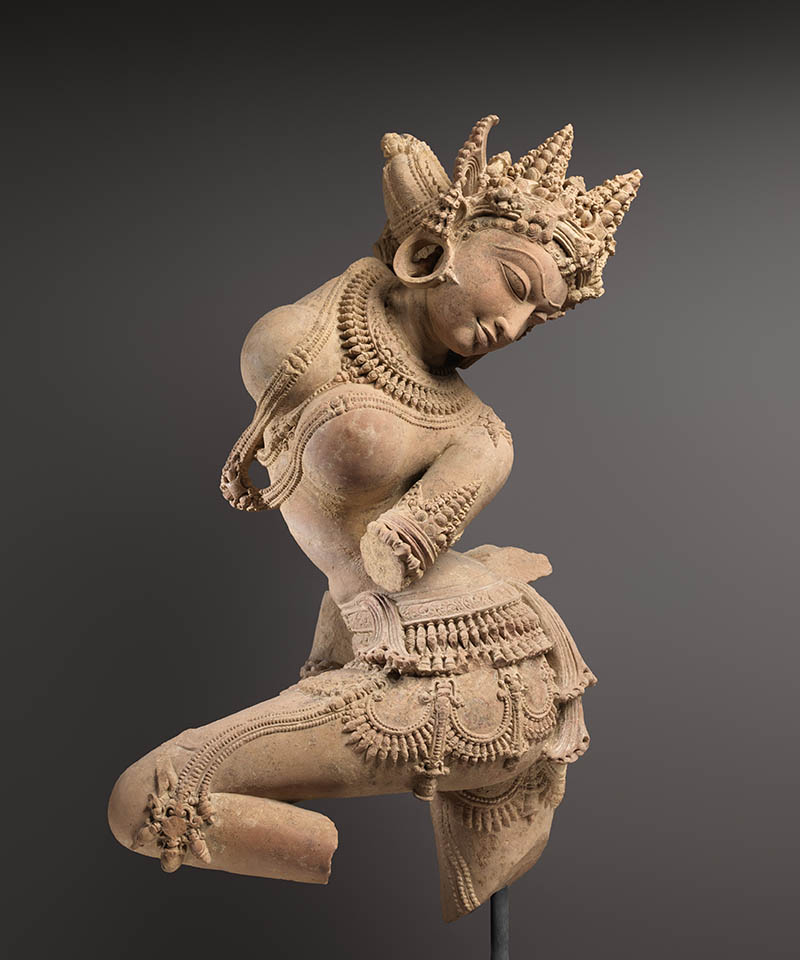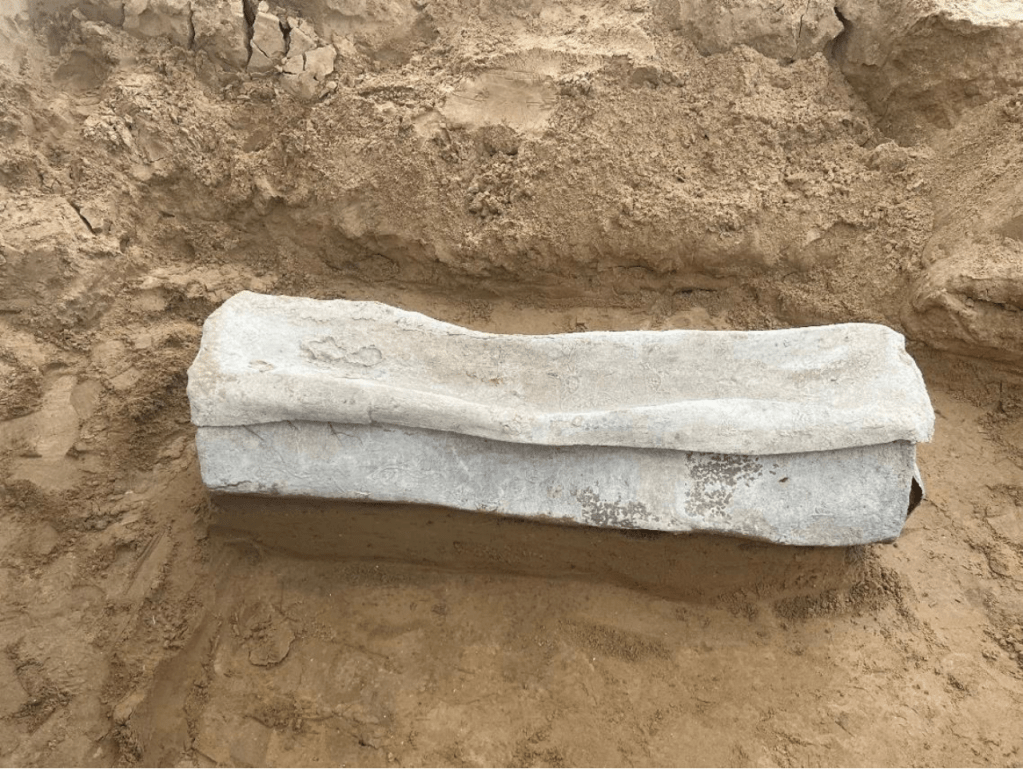Italy Seeks Legal Return of Seven Louvre Artifacts
Officials of the Italian government overseeing cultural property are seeking the repatriation of a group of seven ancient artifacts held at the Louvre that are believed to have been looted.
In a statement to the French outlet Le Monde, the museum’s director, Laurence des Cars, confirmed the group of artifacts are currently being reviewed by researchers for provenance issues saying the Louvre handles such cases with “rigour and lucidity.”
The move follows Des Cars’s initial meeting in February with Italian officials, including Italy’s culture minister Gennaro Sangiuliano to discuss a potential return of the artifacts, which include a black amphora from the fifth century and Greek vases dated between the fourth to sixth centuries B.C.E.
Several of the works flagged by the culture ministry have links to disgraced antiquities dealers active in the 1980s and 1990s, Le Monde reported. Some works acquired by the museum between 1982 and 1998, when the standards around provenance research were more lax, can be traced back to dealers Giacomo Medici and Gianfranco Becchina. The two were convicted of fraud in 2005 related to antiquities dealings.
The moves comes as encyclopedic Western museums are being called on to review collections for restitution issues. Repatriation cases are often complex legal undertakings in France, where art objects owned as part of state-run institutional collections are protected from being removed without government approval.
In September, the Italian culture ministry provided a list of works in the Louvre’s collection as part of a formal repatriation request. It included 5th century krater and a head of Heracles from the ancient Etruscan city of Cerveteri.
The krater was found by specialists to have been acquired in 1987 and was found to have links to Becchina by Italian culture ministry archaeologists. Becchina’s photographic archives were seized by Swiss authorities in 2001 and turned over to an Italian law enforcement body. Italian officials used another archive related to Medici as evidence in the high-profile case in Italy in 2005.



